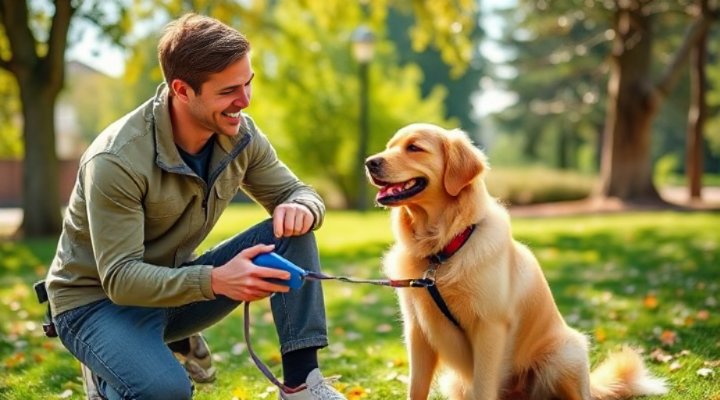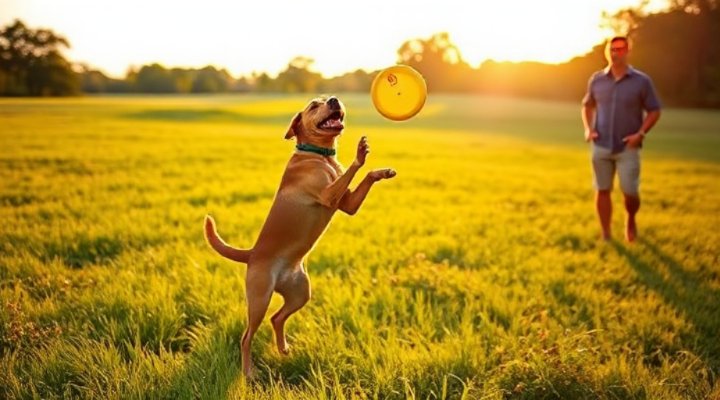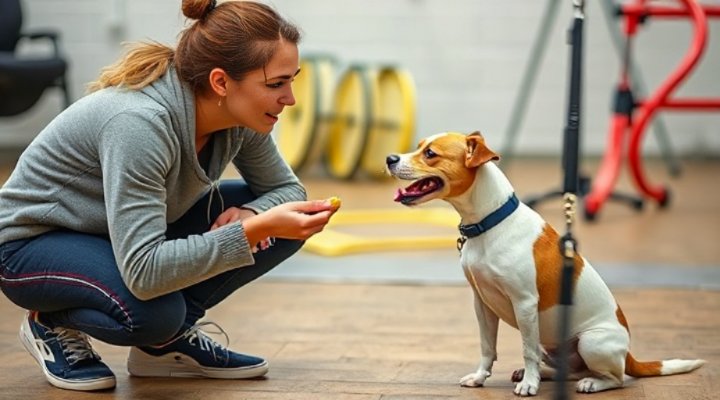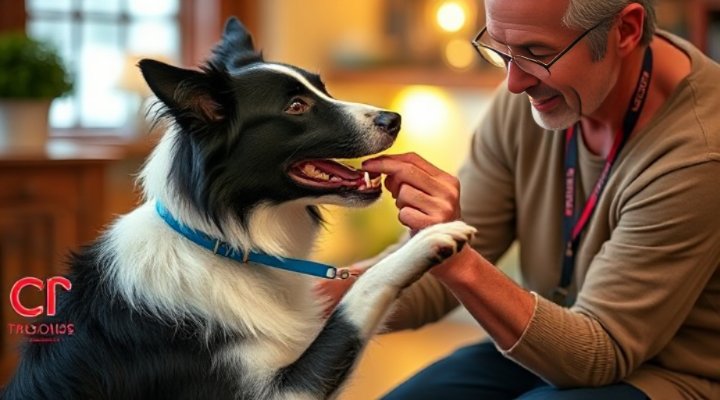Building a strong partnership between a dog and trainer is much like nurturing any meaningful relationship – it requires trust, communication, and mutual respect. Whether you’re a professional trainer or a pet owner looking to improve your dog’s behavior, understanding these key elements can make all the difference in your training success.

The Foundation of Trust Between Dog and Trainer
Trust forms the cornerstone of any successful dog-training relationship. Without it, even the most skilled trainer will struggle to achieve lasting results. Dogs, much like humans, need to feel safe and understood to learn effectively.
I remember working with a particularly shy rescue dog named Bella. At first, she would cower at the slightest movement. But through patient, consistent positive reinforcement, we built a bond that allowed her to blossom into a confident companion. This transformation didn’t happen overnight – it required understanding her unique personality and respecting her boundaries.
Building Trust Through Positive Reinforcement
The American Veterinary Society of Animal Behavior recommends positive reinforcement as the most effective and humane training method. This approach:
- Rewards desired behaviors immediately
- Creates a positive association with training
- Strengthens the bond between dog and trainer

Effective Communication: More Than Just Commands
Clear communication is vital in the dog-trainer dynamic. Interestingly, dogs primarily communicate through body language, so trainers must become fluent in this silent language while also teaching verbal cues.
For instance, when teaching ‘sit,’ combining the verbal command with a consistent hand signal helps dogs understand faster. This dual-channel communication is especially helpful in noisy environments or for dogs with hearing impairments.
Reading Your Dog’s Signals
Successful trainers learn to interpret subtle canine body language:
- Tail position and movement
- Ear orientation
- Eye contact (or avoidance)
- Overall posture
Recognizing these signals allows trainers to adjust their approach, preventing frustration on both sides. Our guide on dog behavior problems offers more insight into understanding your dog’s communication.

Consistency: The Key to Lasting Results
Consistency might be the most challenging yet crucial element in dog training. Dogs thrive on predictability, and mixed signals can quickly undo progress. This means:
- Using the same commands for each behavior
- Maintaining consistent rules across all family members
- Sticking to a regular training schedule
I’ve seen many well-intentioned owners accidentally confuse their dogs by sometimes allowing behaviors they’re trying to correct. For example, letting a dog jump when you’re wearing casual clothes but scolding them when you’re dressed up sends mixed messages.
Patience and Adaptability
Every dog learns at their own pace, and what works for one might not work for another. The best trainers remain patient and adaptable, adjusting their methods to suit each dog’s unique needs and learning style.
Some dogs respond best to food rewards, while others prefer play or praise. The positive reinforcement techniques we’ve developed can help you discover what motivates your particular dog.

Celebrating Small Victories
Training isn’t about perfection – it’s about progress. Celebrating small improvements keeps both dog and trainer motivated. Remember, even professional trainers started with basic commands before moving to advanced tricks.
The Role of Proper Equipment
While the relationship between dog and trainer is paramount, having the right tools can facilitate learning. This includes:
- Appropriate collars or harnesses
- High-value treats
- Interactive toys
- Proper crate training equipment
However, equipment should never replace proper training techniques or the human-canine bond. The Association of Professional Dog Trainers emphasizes that tools should be used responsibly and as part of a comprehensive training plan.

Maintaining the Partnership Long-Term
The dog-trainer relationship doesn’t end when basic commands are mastered. Ongoing mental stimulation and occasional refresher sessions help maintain skills and strengthen your bond.
Consider exploring new activities together, like:
- Agility training
- Nose work
- Advanced obedience
- Therapy work
These activities not only provide mental exercise but also deepen the connection between you and your canine companion. For those interested in taking training further, our dog training boot camp guide offers intensive program options.
Related keywords: dog training techniques, professional dog trainer, building trust with dogs, positive reinforcement training, dog behavior modification, training equipment for dogs, advanced dog training, canine communication
